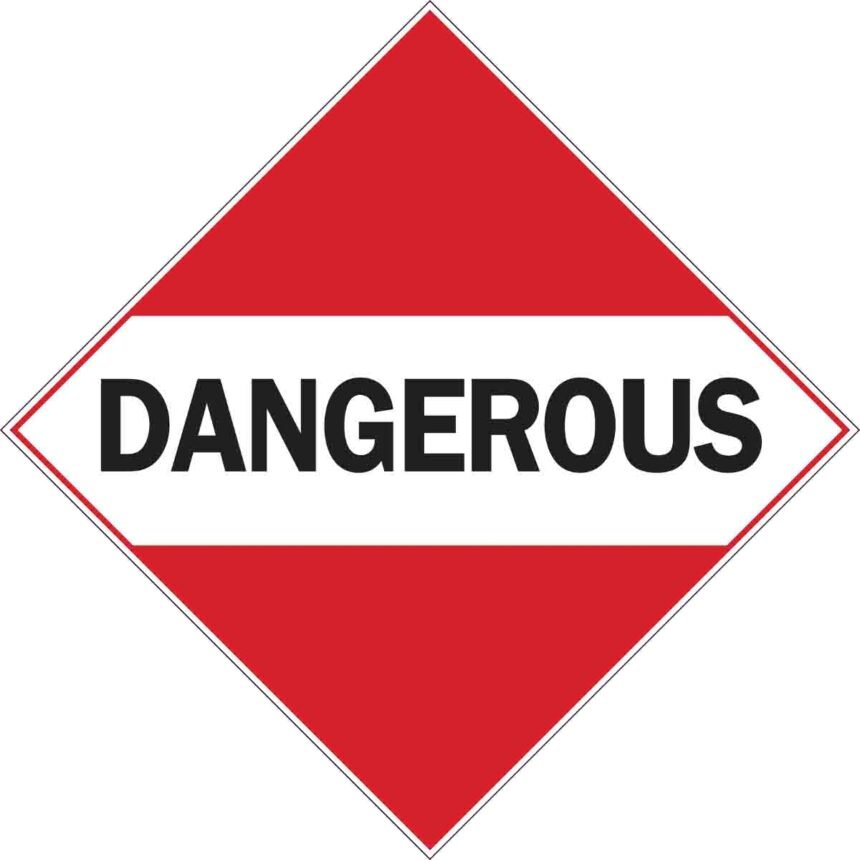Introducation
The word “dangerous” is often used to describe situations, actions, or objects that can cause harm, injury, or even death. It is a term that immediately signals caution and alerts people to potential risks. Understanding what makes something dangerous is important in everyday life, as it helps us make safer decisions, avoid accidents, and protect ourselves and others.
Types of Dangerous Situations
Danger can exist in many forms. Some common types include:
- Physical Danger: This includes threats to the body, such as fires, sharp objects, heights, or dangerous animals. These dangers are often visible and immediate.
- Environmental Danger: Natural disasters like floods, earthquakes, or hurricanes pose serious risks. These dangers are often unpredictable and can affect large areas.
- Health-Related Danger: Harmful substances, contaminated food, or viruses can endanger our health. Unlike physical dangers, these risks may not be immediately visible.
- Social and Psychological Danger: Bullying, scams, or online threats can also be dangerous, affecting mental well-being and personal safety.
Recognizing these dangers can help people take preventative measures before harm occurs.
Dangerous Animals and Wildlife
Many animals in nature are considered dangerous due to their strength, speed, or venom. For example, snakes, lions, sharks, and certain insects can pose serious risks to humans. While some dangerous animals attack only when threatened, others may actively hunt. Understanding animal behavior and maintaining a safe distance is crucial when encountering wildlife.
Dangerous Human Activities
Certain human activities are inherently dangerous and require caution. Driving recklessly, extreme sports, or working with heavy machinery can lead to accidents if safety rules are ignored. For instance, skydiving or rock climbing can be thrilling but also carries risks. Proper training, equipment, and awareness of safety measures can reduce danger significantly.
The Psychology of Danger
Humans often have an instinctive reaction to danger called the “fight or flight” response. This reaction triggers adrenaline, increasing heart rate and preparing the body to either confront or escape the threat. While this response is helpful for survival, excessive exposure to dangerous situations can cause stress and anxiety over time. Understanding our limits and assessing risks carefully is important for mental and physical health.
Preventing Dangerous Situations
Prevention is key to staying safe. Simple steps can reduce risks in dangerous situations, such as:
- Following traffic rules and wearing seat belts.
- Using protective gear during sports or hazardous work.
- Being cautious around wild animals or natural hazards.
- Staying informed about health risks and safety warnings.
By taking proactive measures, we can minimize danger and make safer choices in everyday life.
Conclusion
The term “dangerous” covers anything that can threaten our safety, health, or well-being. From natural hazards to human activities, danger exists in many forms. Understanding these risks, recognizing potential threats, and taking preventive measures are essential for safety. By staying alert and informed, people can navigate life more securely and reduce exposure to dangerous situations.







